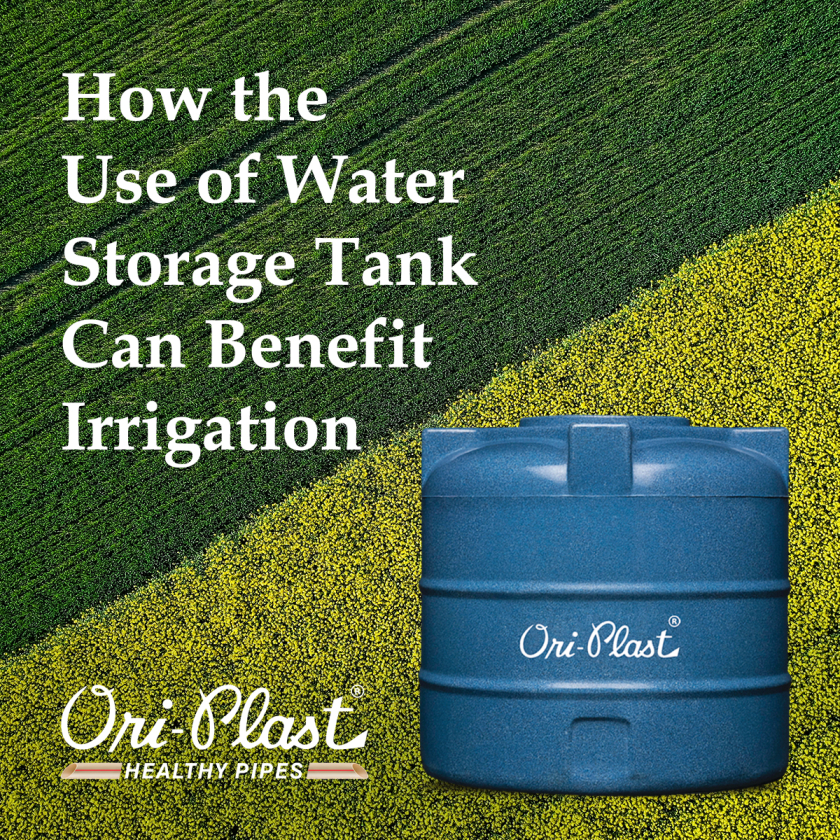“Water, water, everywhere/ nor any drop to drink.” – One of the most remembered lines by English poet “Samuel Taylor.”
Unfortunately, it’s also a dire warning than just a lyrical poem in today’s environmental backdrop.
Nearly 70% of the earth comprises of water with only 2.5-3% as safe for requirements like irrigation, industry usages and domestic consumption. And now even that little volume is steadily becoming scarce due to problems like water pollution, excessive water withdrawal from natural sources and drastic climate changes.
Are you aware of exactly how water scarcity is affecting the environment around us? Let’s take a look.
What Is Water Scarcity?
It’s defined as the unavailability of adequate freshwater supply for direct or indirect consumption for people in an area. This includes freshwater sources like rivers, water bodies etc.as well the renewable freshwater supplies through rainwater and recycled water etc.
There’re multiple triggers for this threat, such as – physical shortage of fresh water, irregular supply of water by the authorities or even inadequate infrastructure or facilities for water treatment and distribution etc.
How Severe Is Water Scarcity Globally?
The UN defines absolute water scarcity as availability of less than 500m 3/year or about 1400L/day per person in a country. According to UN’s World Water Development Report 2019, globally, 31 countries are experiencing medium water stress (25-70%), and 22 more are struggling with absolute water scarcity (>70% water stress).
Another recent report by World Resources Institute (WRI) shows that most part of the Indian subcontinent experiences extremely high (>80%) to high (40-80%) baseline water stress today. Considering the hugely dense population of India, the rapidly diminishing reserves of surface and groundwater highlight a very critical future indeed.
Impact of Water Scarcity on Environment
The UN reports that Worldwide, over 80% of untreated wastewater is straight away dumped into environment. It’s one of the prime causes of water scarcity in many urban areas and root-cause of spreading water-borne diseases like cholera and schistosomiasis (also known as also known as snail fever and bilharzia).
Water scarcity affects the environment in multiple ways, creating further socio-economic ripple effects of hunger and poverty:
- Unavailability of clean freshwater for irrigation and domestic consumption
- Poor water quality leading to indigenous diseases spreading into epidemics
- A vicious cycle of droughts and minimal rainfalls followed by riots over rights of access to local water bodies
- Continuous shortage of freshwater leads to more dried-up land stretches unsuitable for agriculture, industries and finally habitation.
- Severe spikes in global warming contributed through regional climatic disturbances
- Loss of native flora and fauna – a depleted and unbalanced wildlife.
Revival strategies
Various initiatives by multiple governments and international organizations like the UN, Pacific Institute, World Water Council etc. are slowly taking shape to avoid a global ‘Day Zero’. Some of the primary strategies to tackle this problem are:- Reuse, recycle, restore freshwater through water treatment and efficient planning
- Rainwater harvesting and conserving surface runoffs
- Refuelling groundwater sources
- Creating artificial wet lands and spreading awareness to implement other nature-based-solutions for water conservation
Water is one of the basic needs for life on earth. It’s time we take up strong measures to conserve this element, starting today.




